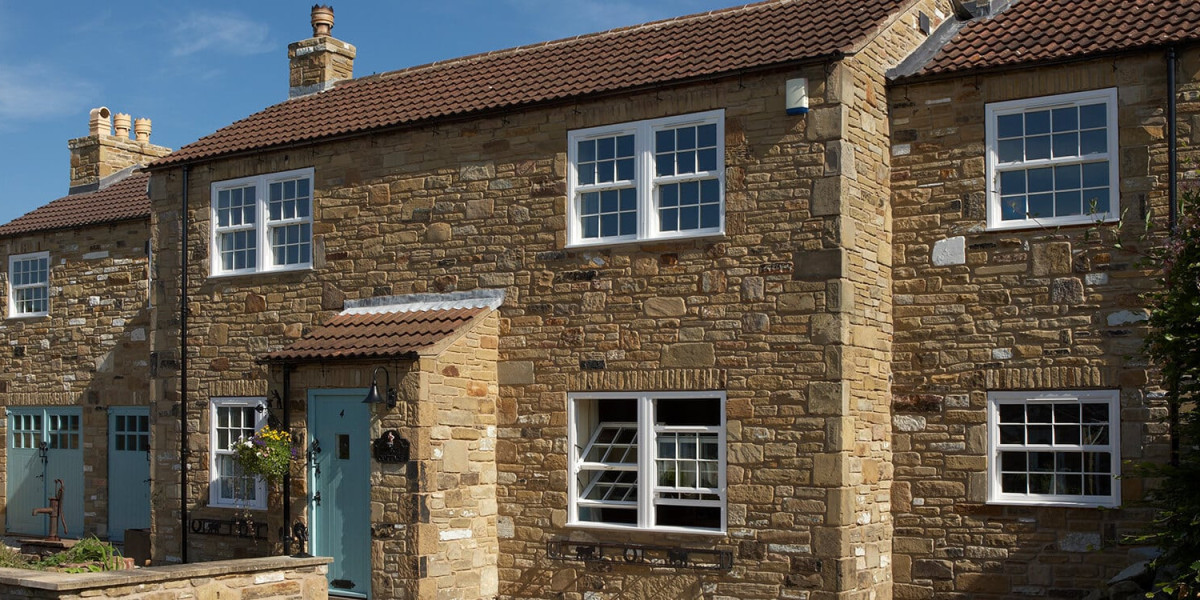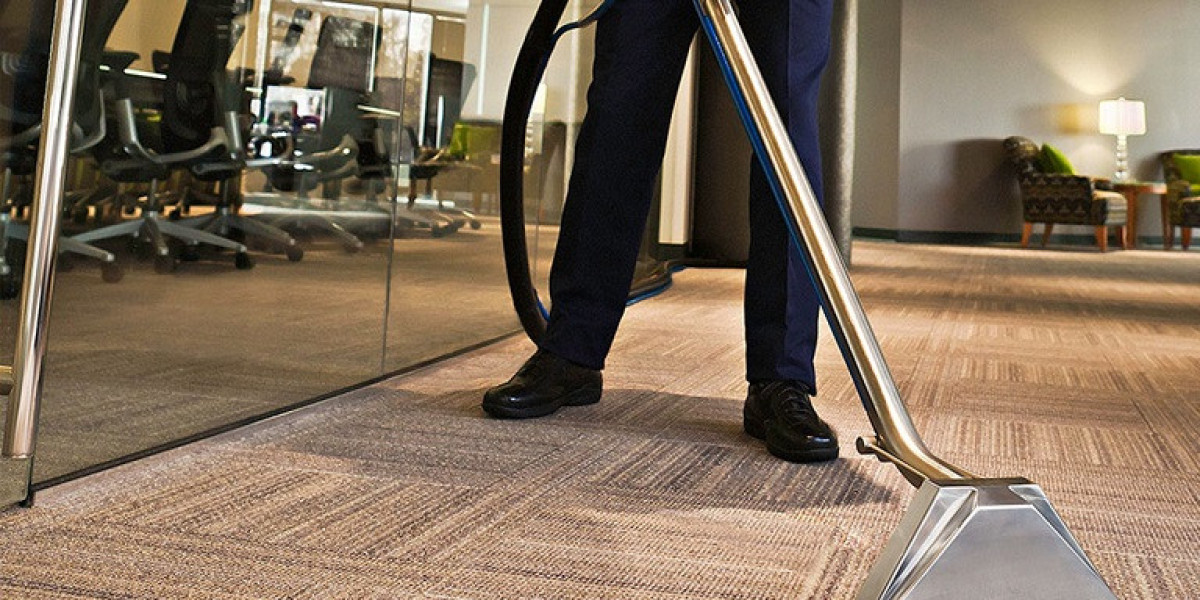Window installation is a crucial aspect of home improvement that can significantly impact energy efficiency, aesthetic appeal, and overall property value. Whether you are replacing existing windows or installing new ones, understanding the techniques, benefits, and best practices associated with window installation is essential for achieving optimal results. This article aims to provide a comprehensive overview of the window installation process, including types of windows, preparation steps, installation techniques, and maintenance tips.
Types of Windows
Before delving into the installation process, it is important to understand the different types of windows available in the market. Each type has its unique characteristics, advantages, and installation requirements. The most common types include:
- Double-Hung Windows: These windows have two sashes that move up and down, allowing for ventilation from both the top and bottom. They are popular for their traditional aesthetic and ease of cleaning.
- Casement Windows: Hinged at the side, casement windows open outward, providing excellent ventilation and unobstructed views. They are often used in modern designs and are known for their energy efficiency.
- Sliding Windows: These windows consist of two or more sashes that slide horizontally. They are ideal for spaces where vertical space is limited and are easy to operate.
- Awning Windows: Hinged at the top, awning windows open outward and are typically used in combination with other window types. They are effective in providing ventilation while keeping rain out.
- Bay and Bow Windows: These windows extend outward from the home, creating a nook inside. They add character to a home and can increase natural light.
Preparation for Installation
Proper preparation is key to a successful window installation. Here are the essential steps to take before beginning the installation process:
- Measuring: Accurate measurements are critical. Measure the width and height of the window opening at three different points (top, middle, and bottom) to ensure a proper fit. Always use the smallest measurement for ordering the new window.
- Selecting the Right Window: Choose a window that suits your home’s architectural style, climate, and energy efficiency needs. Consider factors such as frame material (vinyl, wood, aluminum), glass type (single, double, or triple-pane), and energy ratings.
- Gathering Tools and Materials: Ensure you have all the necessary tools and materials before starting the installation. Common tools include a tape measure, level, utility knife, pry bar, screwdriver, hammer, and caulk gun. Additionally, gather materials like flashing tape, shims, insulation, and caulk.
- Safety Precautions: Safety should always be a priority. Wear safety glasses and gloves, and use a sturdy ladder if working at heights. Ensure that the work area is clear of obstacles and that you have a helper if needed.
Installation Techniques
Once the preparation is complete, the actual installation can begin. The following steps outline a general approach to window installation:

- Remove the Old Window: Start by removing the existing window. Carefully cut through the caulking around the window frame using a utility knife. Use a pry bar to gently pull the window out of the opening. If the window is stuck, check for screws or nails that may need to be removed.
- Inspect the Opening: After removing the old window, inspect the opening for any damage or rot. Repair any issues before proceeding. Ensure that the opening is square by measuring the diagonals; if they are equal, the opening is square.
- Install the New Window: Place the new window into the opening from the outside. Center it and use shims to adjust for a snug fit. Make sure the window is level and plumb. Secure the window in place by fastening it to the frame with screws.
- Insulate and Seal: Fill any gaps between the window frame and the rough opening with insulation foam. This helps improve energy efficiency. After insulating, apply flashing tape around the window to prevent water infiltration. Finally, caulk around the exterior edges of the window for a watertight seal.
- Finish the Interior: Inside the home, install trim around the window to cover any gaps and provide a finished look. This may involve cutting and fitting molding to match the existing interior design.
Benefits of Professional Installation
While DIY window installation can be a rewarding project, hiring a professional can offer several benefits:
- Expertise: Professionals have the experience and knowledge to handle various window types and installation challenges. They can ensure that the installation meets local building codes and regulations.
- Time Efficiency: Professionals can complete the installation more quickly than most homeowners, saving time and effort.
- Warranty Protection: Many manufacturers require professional installation for warranty coverage. Hiring a professional can help protect your investment in the long term.
- Quality Assurance: A professional installation reduces the risk of errors that can lead to air leaks, water damage, and other issues. This can enhance the overall performance and longevity of your windows.
Maintenance Tips
Once the windows are installed, proper maintenance is essential to ensure their longevity and performance. Here are some maintenance tips:
- Regular Cleaning: Clean the glass and frames regularly to prevent dirt buildup. Use a mild detergent and water, and avoid abrasive cleaners that can scratch the glass.
- Check Seals and Caulking: Inspect the seals and caulking around the windows annually. Reapply caulk as needed to prevent air and water leaks.
- Lubricate Moving Parts: For operable windows, lubricate hinges and tracks to ensure smooth operation.
- Monitor for Damage: Regularly check for any signs of damage or wear, such as cracks in the glass or rot in the frame. Address any issues promptly to prevent further damage.
Conclusion
Window installation is a significant home improvement project that can enhance energy efficiency, aesthetics, and property value. By understanding the types of windows available, preparing adequately, and following proper installation techniques, homeowners can achieve successful results. Whether you choose to tackle the project yourself or hire a professional, investing time and effort into proper window installation will pay off in the long run. With ongoing maintenance, your new windows can provide comfort and beauty for many years to come.








